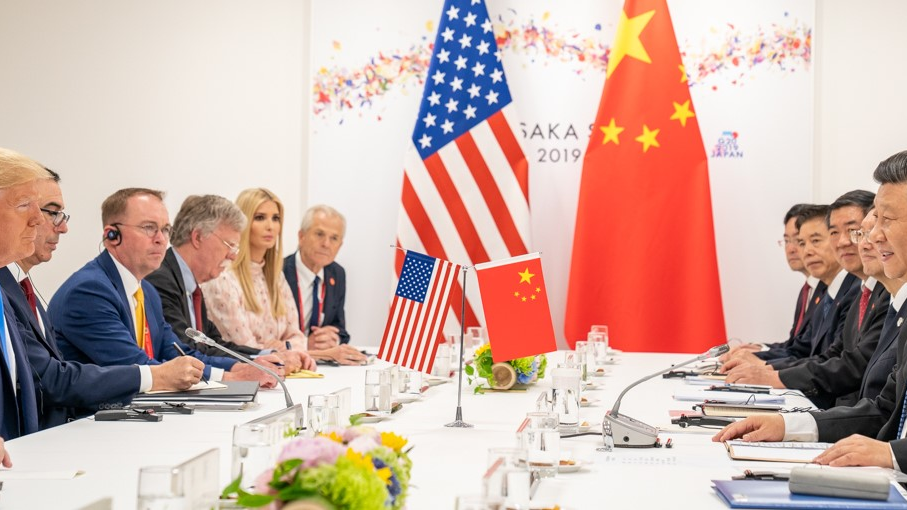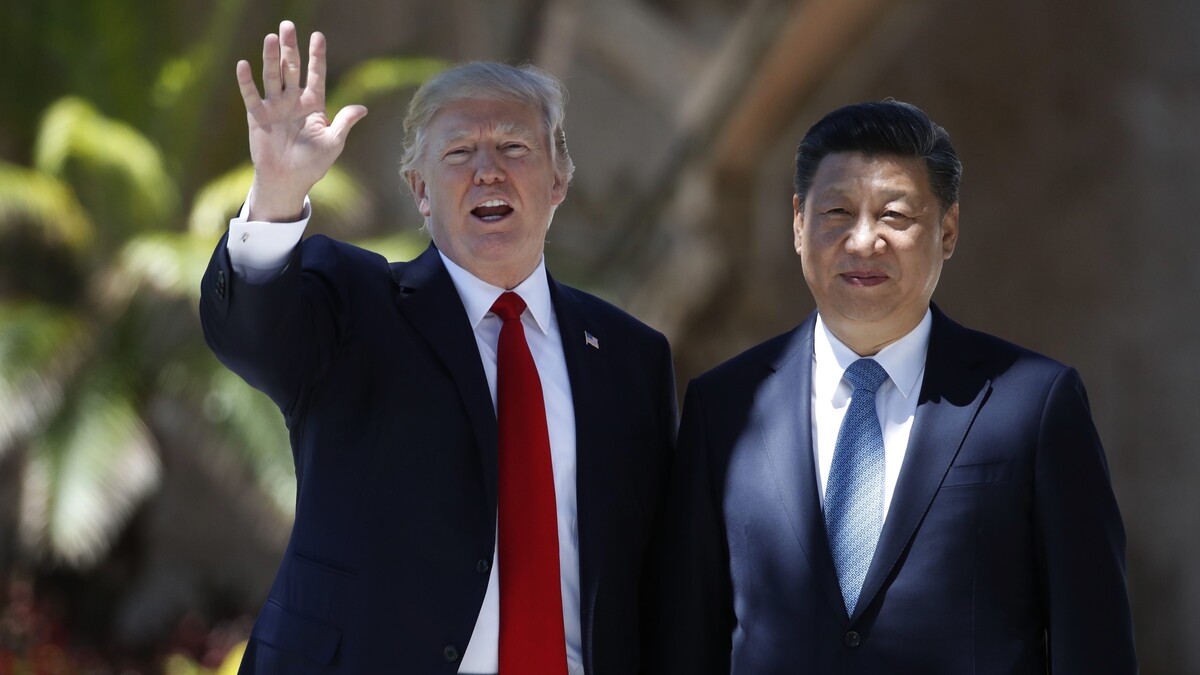Published 02 July 2019 | 4 minute read
With US and Chinese negotiators heading back to the negotiating table, what key dynamics likely to shape the process moving forward.
This article was originally published in South China Morning Post.
Meeting on the fringes of the G-20 summit in Osaka, President Trump and President Xi have reached an agreement to resume trade negotiations that were suspended in early May in response to what the US characterized as backsliding on the part of China.
As part of the agreement, the US will refrain, at least for the time being, from applying tariffs on the roughly $300 billion in Chinese imports not yet subject to punitive US tariffs. Previous tariffs will remain in place. The US will also grant a partial reprieve to Huawei, removing some of the curbs on US equipment sales. China, for its part, committed to an unspecified amount of US agricultural purchases.
As negotiations recommence in earnest, what are the key dynamics likely to shape how the discussions unfold from here?
China will make concessions, but…
The Chinese government recognizes that at least some of the dubious policies and practices it was able to “get away with” in the past are no longer tenable in the current environment. Some concessions will be necessary in order to forestall a further deterioration in the bilateral trade and investment relationship, and the painful disruptions that would result.
Some of these concessions – such as additional purchases of US soybeans or liquified natural gas – will be relatively easy, provided the volumes are within reason. And even in the more difficult areas such as technology policies, China understands that it will have to make at least some adjustments on the margins. But – and this is a very large caveat – China will not do anything that will substantially constrict its ability to pursue its national economic development objectives. China most certainly will not dismantle its industrial policies.
The success or failure of the negotiations will hinge largely on whether the concessions China is able to offer on industrial policies will be sufficient from the US point of view. China’s pullback in previously offered concessions, which precipitated the breakdown in negotiations in early May, does however suggest that internal pressures against too much compromise are mounting in China.
Trade politics preeminent in Washington
On the US side of the ledger, political considerations are now front and center. The White House will evaluate every major policy decision (including a potential US-China agreement) based on whether it will be an asset or liability for the President’s reelection campaign. An agreement that can be credibly presented to the US public as a “victory” that advances US interests would be warmly embraced. However, if the best deal available would leave the President vulnerable to charges from his Democratic opponents that he has “gone soft” on China, then the overwhelming political imperative will be for the President to walk away from the deal and position himself as the first US President who was “tough” enough to stand up to China.
China will accelerate push for technological leadership
Irrespective of how discussions between the US and China unfold from here forward, one lesson has undoubtedly already been internalized in Beijing: China can no longer allow itself to be dependent on the US for technologies that are critical to China’s national economic development objectives.
The willingness of the US Administration to cut off (or threaten to cut off) Chinese national champions such as Huawei or ZTE from access to absolutely essential US chip technologies has revealed a glaring vulnerability and presumably generated deep consternation amongst Chinese policy makers. Allowing this dependence to continue would be tantamount to allowing the US to hold the Sword of Damocles over China’s head.
China has a variety of means at its disposable – some fair, some unfair – to attempt to close the technology gap. Expect such efforts to be accelerated and expanded across the board. How – or if – these efforts can be squared with a trade agreement with the US remains entirely to be seen.
The US and China have crossed the Rubicon
Since the early 2000s, the prevailing trade policy narrative in the US towards China has been fairly benign, despite a variety of commercial frustrations and ongoing complaints about China’s WTO compliance. On an overall basis, trade and investment have been viewed by Washington as mutually beneficial, and deeper economic integration between the two countries was seen as desirable, both for economic and geo-strategic considerations.
That benign policy narrative towards China has now almost completely collapsed in the US. It is rapidly being replaced by a new narrative which sees the playing field as fundamentally lopsided to China’s advantage, with trade and investment being massively beneficial for China and considerably less beneficial — perhaps even detrimental — to the US. Deeper economic integration is no longer the objective, and in fact, many are calling for a reversal in the high levels of integration that have already been established.
Indeed, the only issue which unites Democrats and Republicans today in Washington DC is the need to take a harder line with China on trade issues. These sentiments were not created by Donald Trump, and they will survive well beyond a Trump Presidency.
The US-China trade relationship has crossed the Rubicon and irrespective of any short term “trade deal” that might ultimately be reached, it will not revert to the antebellum status quo. All sides would do well to recognize – and adjust to — the new realities. There will continue to be areas where trade and investment between the countries can flourish and bring mutual benefit. But given the wide differences in economic systems, the high levels of integration initially envisioned during the early days of China’s WTO accession might prove to be unrealistic.
The discussions that are now resuming present an opportunity to at least begin the long-term process of redefining the relationship more in line with reality and hammering out a pragmatic modus vivendi that will meet the needs of both countries. It will not be easy, and it will not be accomplished quickly. But it is overwhelmingly in the best interests of both countries.
© The Hinrich Foundation. See our website Terms and conditions for our copyright and reprint policy. All statements of fact and the views, conclusions and recommendations expressed in this publication are the sole responsibility of the author(s).




